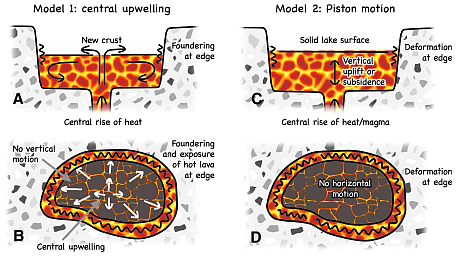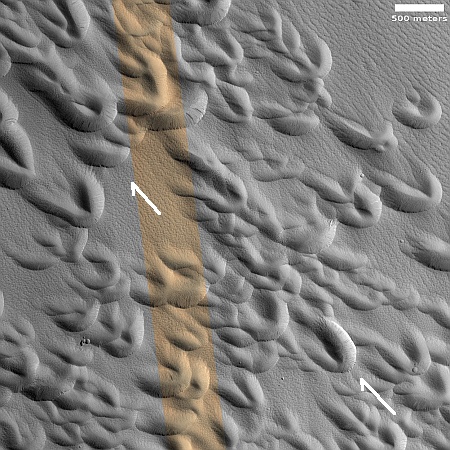Ispace’s Resilience lunar lander completes thermal vacuum testing
The Japanese startup Ispace announced late last week that its second lunar lander, formerly names Hakuto-R2 and now dubbed Resilience, has successfully completed thermal vacuum testing and is on schedule for a launch before the end of this year.
The testing was completed at the Japan Aerospace Exploration Agency (JAXA) Tsukuba Space Center in Tsukuba, Japan, where the agency operates a large testing facility. The flight model was assembled at the facility and all payloads or testing models were integrated into the lunar lander before testing began. All test success criteria were met; ispace engineers are now reviewing the detailed data that RESILIENCE collected during the ten-day testing regime. The results will allow engineers to optimize the spacecraft thermally for spaceflight as well as improve flight operation procedures.
Thermal vacuum testing is conducted in a large chamber that allows the lunar lander to experience conditions similar to what it will face during its journey through outer space including extreme temperatures in a vacuum environment. Initial test results indicated successful operation of power systems, guidance, navigation and control (GNC) equipment, radio communications, and thermal control of the lander while simulating an actual spaceflight. During testing in the chamber, ispace operators utillized the lander’s onboard radio to assess connections, send commands to, and receive telemetry from the lander, further simulating actual flight operations.
This lander will also carry a mini-rover, and will be launched by a Falcon 9 rocket. The company’s press materials don’t name a location for the lunar landing spot, though one must have been chosen. I suspect, as this mission is a precursor to Ispace’s first NASA lunar landing mission set for 2026, it will be sent to the same location as Ispace’s first Hakuto-R1 test mission, which got to within three miles but then crashed because sensors thought it was just above the surface and shut off the engines prematurely.
The Japanese startup Ispace announced late last week that its second lunar lander, formerly names Hakuto-R2 and now dubbed Resilience, has successfully completed thermal vacuum testing and is on schedule for a launch before the end of this year.
The testing was completed at the Japan Aerospace Exploration Agency (JAXA) Tsukuba Space Center in Tsukuba, Japan, where the agency operates a large testing facility. The flight model was assembled at the facility and all payloads or testing models were integrated into the lunar lander before testing began. All test success criteria were met; ispace engineers are now reviewing the detailed data that RESILIENCE collected during the ten-day testing regime. The results will allow engineers to optimize the spacecraft thermally for spaceflight as well as improve flight operation procedures.
Thermal vacuum testing is conducted in a large chamber that allows the lunar lander to experience conditions similar to what it will face during its journey through outer space including extreme temperatures in a vacuum environment. Initial test results indicated successful operation of power systems, guidance, navigation and control (GNC) equipment, radio communications, and thermal control of the lander while simulating an actual spaceflight. During testing in the chamber, ispace operators utillized the lander’s onboard radio to assess connections, send commands to, and receive telemetry from the lander, further simulating actual flight operations.
This lander will also carry a mini-rover, and will be launched by a Falcon 9 rocket. The company’s press materials don’t name a location for the lunar landing spot, though one must have been chosen. I suspect, as this mission is a precursor to Ispace’s first NASA lunar landing mission set for 2026, it will be sent to the same location as Ispace’s first Hakuto-R1 test mission, which got to within three miles but then crashed because sensors thought it was just above the surface and shut off the engines prematurely.









